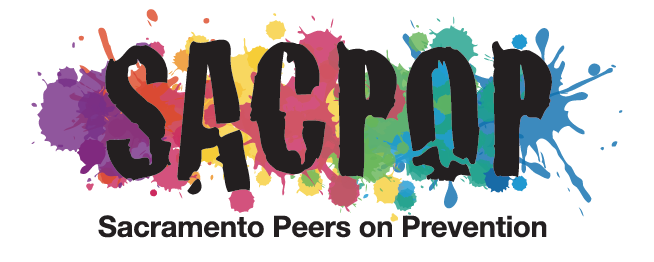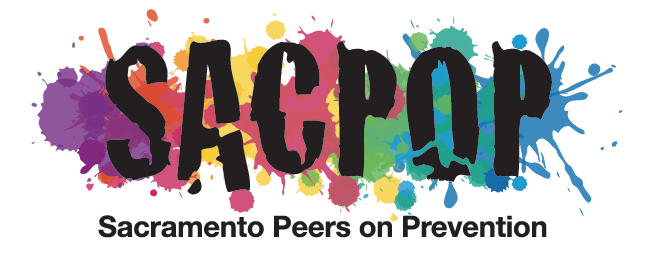
January is Human Trafficking Awareness Month
Slavery was apart of our history, but never truly went away. It just changed into a different form which is now known as human trafficking. Human trafficking is a form of modern day slavery that profits from the exploitation of our most vulnerable populations. Sex trafficking and labor trafficking are the two most common types of human trafficking.
According to the State of California’s Department of Justice, human trafficking is the world’s fastest growing criminal enterprise and is an estimated $32 billion-a-year global industry. Many trafficking victims are exploited for purposes of commercial sex, including prostitution, stripping, pornography and live-sex shows. However, trafficking also takes the form of labor exploitation, such as domestic servitude, sweatshop factories, or migrant agricultural work. Most but not all victims are tricked into human trafficking. It leaves victims mentally and or physically damaged…for life.
Here are two stories about young victims posted by the Huffington Post:

Tessa was sexually abused by her dad for the first time when she was 7. Her drug-addicted mom was too consumed with her own issues to get involved, according to nonprofit Not For Sale, a group that supports sex trafficking survivors.
When Tessa was a sophomore in high school, she met Jared, whom she didn’t know was a pimp.
He showered her with gifts and dates, and often reminded her that no one else could possibly love her because she was “damaged.”
Jared soon convinced Tessa to sell her body for sex and would attack her and deprive her of food if she did not meet her quota. He kept all of the money she made and forced her to tattoo his name on her neck.
Tessa eventually escaped and found refuge with Not For Sale. Her story is a reminder that sex trafficking is thriving in the United States where an estimated 100,000 children are in the sex trade, according to ECPAT-USA, a nonprofit that fights the sexual exploitation of children.

Abdurrahim, 18, of northern Bangladesh was eager to find a job and was heartened when an elderly man offered him an opportunity making about $6 an hour, the BBC reported.
The man took the teen to Cox’s Bazaar, a fishing port, where he was promptly tied up and drugged. Abdurrahim awoke on a boat, where he spent about a week at sea getting repeatedly beaten, and eventually docked on the Thai coast.
Thailand is listed in the Tier 3 category of the State Department’s watch list, which means that the government doesn’t comply with the minimum standards of combating trafficking and has made no indication of doing so. Corrupt officials at the borders help facilitate trafficking victims between Thailand, and its neighbors, including Burma and Cambodia.
Abdurrahim was finally taken to a concealed jungle camp where he was deprived of food and survived by eating leaves.
He escaped only because Manit Pianthiong, a local district chief, has committed his work to fighting human trafficking.
Here’s a few ways to help stop human trafficking:
- Be Aware and Do Your Research. Learn the RED FLAGS that may indicate human trafficking and educate yourselves so you can truly understand the subject.
- Teach your peers personal safety. Know not to talk to strangers and don’t trust everyone.
- Contact local authorities if you suspect a problem. If you witness or know of someone working against their will, speak up!
- Get involved: Volunteer with an organization that’s against human trafficking.


